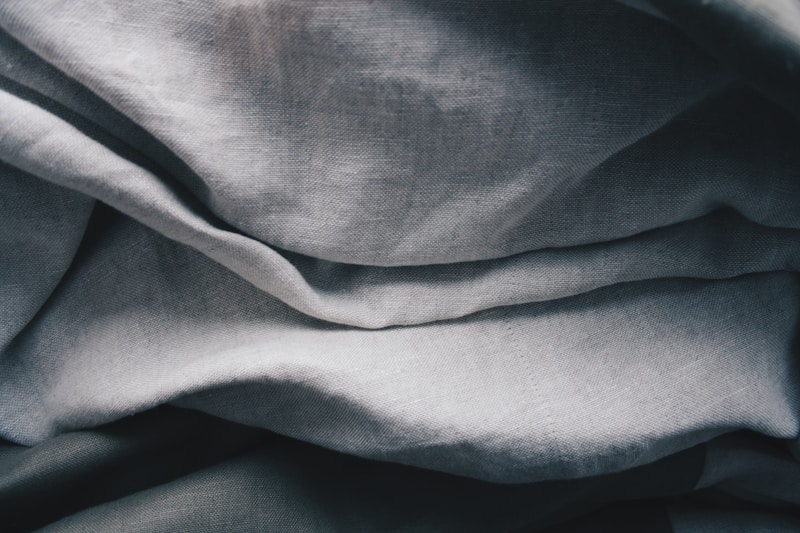Graceful Movement in Fabrics: The Art of Elegance and Comfort
Introduction to Graceful Movement in Fabrics
When it comes to fashion and interior design, the concept of graceful movement in fabrics plays a pivotal role. It not only enhances the aesthetic appeal of garments and furnishings but also significantly influences their comfort and functionality. Understanding how fabric behaves and moves can lead to better choices for both designers and consumers. This article delves into the intricacies of fabric movement, exploring its importance, types of fabrics, and tips for incorporating this concept into your wardrobe or home.
The Science of Fabric Movement
Fabrics have unique properties that determine how they drape, flow, and move. Factors such as weight, texture, and fiber composition contribute to a fabric's ability to create graceful movement. Here are some key elements:
| Factor | Description |
| Weight | Heavier fabrics tend to fall straight down, creating structure, while lighter fabrics flow and move more freely. |
| Texture | Smooth textures allow for a sleeker movement, whereas rough textures can create more resistance and a different visual effect. |
| Fiber Composition | Natural fibers like silk and cotton often provide more fluidity compared to synthetic fibers that may have less flexibility. |
Types of Fabrics that Encourage Graceful Movement
Choosing the right fabric is crucial to achieving that aesthetic flow and elegance in your clothing or home decor. Here are some fabrics known for their beautiful movement:
1. Silk
Silk is the epitome of luxury and elegance. Its natural fibers allow it to drape beautifully, making it ideal for evening gowns and delicate blouses. When it moves, silk creates a soft ripple effect that is visually captivating.
2. Chiffon
This lightweight, sheer fabric is often used in layering garments. Chiffon’s airy quality allows it to flutter gracefully, adding an ethereal touch to dresses and capes.
3. Jersey
Known for its stretch and comfort, jersey fabric moves with the body. It's perfect for casual wear, providing both ease and an elegant silhouette.
4. Velvet
Though heavier, velvet offers a unique kind of movement due to its rich texture. It creates a stunning visual effect that catches the light and adds depth to evening wear.
The Impact of Color and Pattern on Fabric Movement
The color and pattern of fabric can also influence its overall movement. Lighter colors often reflect more light, enhancing the fabric's flow, while darker shades may absorb the light, potentially slowing down the visual movement. Patterns can also create an illusion of movement, especially with designs that incorporate diagonal lines or bold prints.
Incorporating Graceful Movement in Your Wardrobe
Now that we understand the fundamental aspects of fabric movement, how can we apply this knowledge to our wardrobe?
1. Choose the Right Pieces
When selecting garments, look for pieces made from fabrics that promote movement. Consider the occasion—formal events may require more flowing materials like satin, while casual outings may benefit from the comfort of jersey.
2. Consider Layering
Layering can enhance movement in your outfit. Pairing a flowing chiffon top with structured bottoms creates a balanced look that is both sophisticated and comfortable.
3. Pay Attention to Fit
The fit of a garment can significantly affect its movement. Tailored pieces offer structure, while looser fits enhance airflow and graceful draping. Finding the right balance is key.
Graceful Movement in Home Decor
Just as fabrics can influence fashion, they also play a crucial role in creating ambiance in interior design. Here are a few tips for incorporating graceful movement into your home:
1. Use Flowing Curtains
Sheer, flowing curtains can dramatically alter the light in a room, creating an inviting and soft atmosphere. Fabrics like linen or silk are excellent choices.
2. Choose Upholstery Wisely
Upholstery fabrics can enhance or detract from the overall feel of your space. Look for fabrics that offer both comfort and movement, like cotton blends or soft velvets.
3. Consider Textile Patterns
Patterns can bring a sense of motion to your decor. Geometric designs or organic shapes can draw the eye and create a feeling of dynamism in a static setting.
Common Questions About Fabric Movement
As we explore the topic of graceful movement in fabrics, several questions often arise:
What are the best fabrics for formal wear?
Silk, satin, and chiffon are ideal for formal wear due to their luxurious feel and elegant movement.
How can I determine the right fabric for my body type?
Understanding your body type can help you choose fabrics that flatter your figure. Consider consulting a stylist for personalized advice.
What are the most versatile fabrics for daily wear?
Jersey, cotton, and blends are great for daily wear due to their comfort, durability, and ability to move with you.
Conclusion: Embracing Graceful Movement in Fabrics
In conclusion, graceful movement in fabrics is an essential concept that influences both fashion and interior design. By understanding the properties of different materials, you can make informed decisions that enhance your style and comfort. Remember to consider the type of occasions, the layering of fabrics, and the importance of fit when selecting your garments. Similarly, for home decor, choose fabrics that promote an inviting atmosphere with graceful movement. Always keep in mind how color and patterns can affect visual dynamics, leading to an overall sophisticated aesthetic.
Whether you're dressing for a special occasion or designing your living space, the magic of fabric movement can create the perfect combination of elegance and comfort. Embrace this timeless art and let your personal style shine through.
